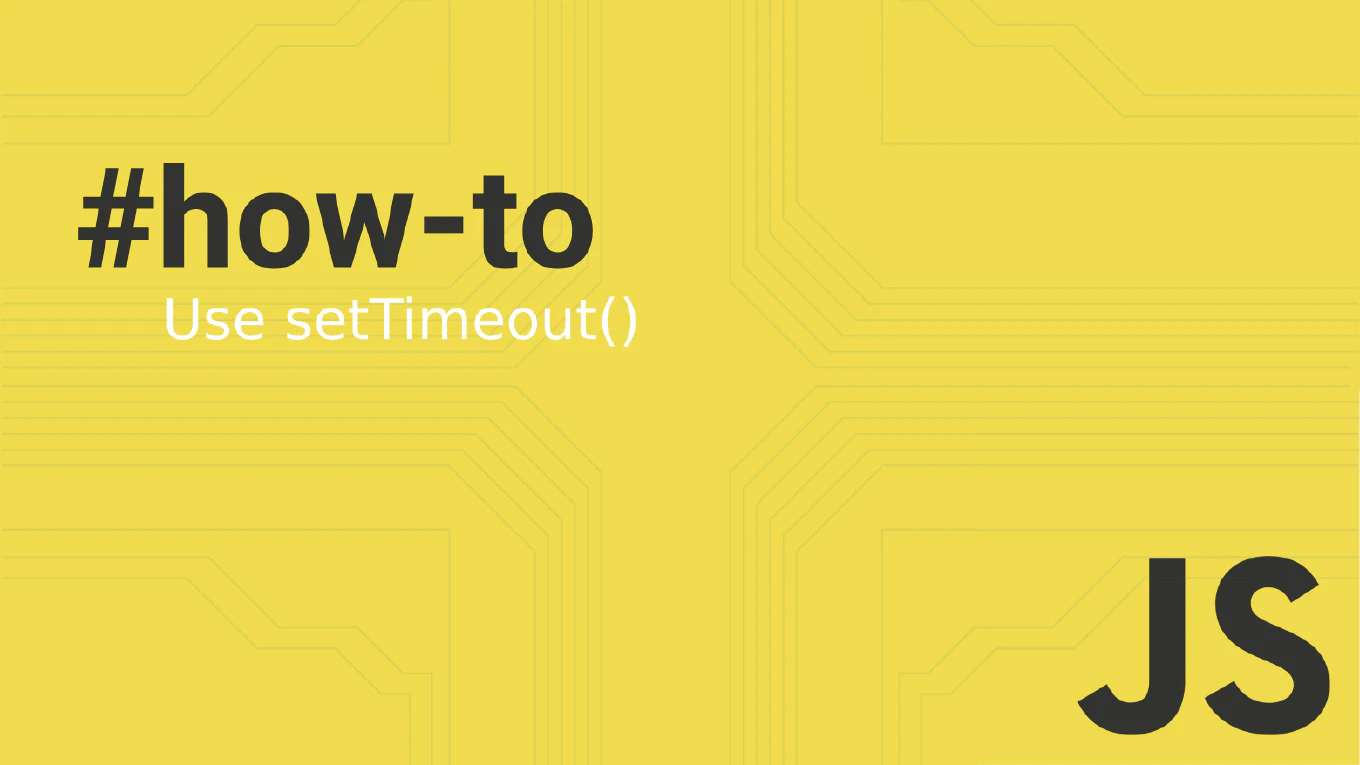How to use spread operator in JavaScript
The spread operator provides a concise syntax for expanding arrays, objects, and iterables in various contexts like function calls, array literals, and object merging.
As the creator of CoreUI with extensive JavaScript experience since 2000, I’ve used the spread operator extensively for data manipulation, state updates, and component prop passing.
From my expertise, the most versatile approach is using the three-dot syntax ... to expand elements in arrays, properties in objects, or arguments in functions.
This ES6 feature simplifies common programming patterns while improving code readability and maintainability.
How to use destructuring in JavaScript
Destructuring assignment provides a clean, concise way to extract values from arrays and objects into distinct variables. As the creator of CoreUI with extensive JavaScript experience since 2000, I’ve used destructuring extensively to simplify data extraction and variable assignment. From my expertise, the most powerful approach is using curly braces for objects and square brackets for arrays with optional default values. This ES6 feature significantly reduces code verbosity while improving readability and maintainability.
How to return multiple values from a function in JavaScript
Returning multiple values from a single function is a common requirement when processing data or performing calculations that yield several results. As the creator of CoreUI, a widely used open-source UI library, and with over 25 years of experience in software development, I’ve implemented countless functions that need to return multiple pieces of related data. The most effective approach is using array destructuring with return statements, which allows you to extract multiple values in a single, readable operation. This pattern provides clean syntax and maintains code clarity while avoiding the need for multiple function calls.



